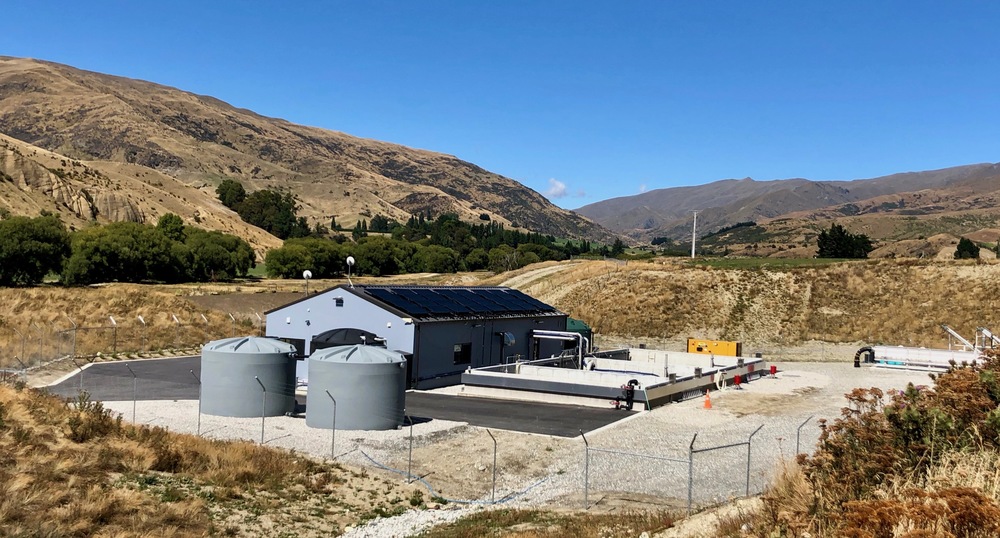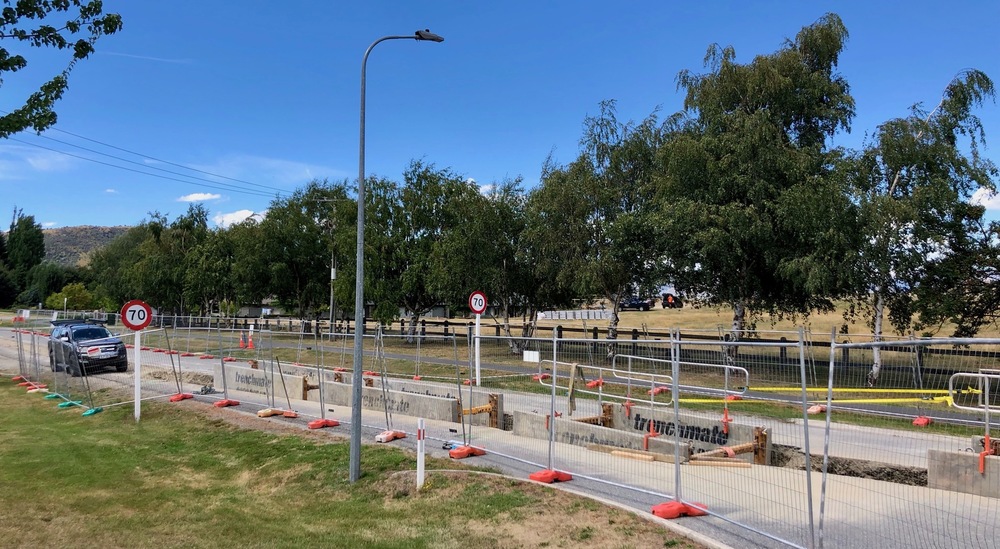QLDC resources ‘stretched too thin - councillor
Diana Cocks
21 March 2022, 5:06 PM
 Council has readjusted its budget to better match the progress of its ongoing capital works programme.
Council has readjusted its budget to better match the progress of its ongoing capital works programme.A local councillor is not convinced the Queenstown Lakes District Council’s (QLDC) 10-year-plan is achievable, despite CEO Mike Theelen saying the council is on target to achieve its expenditure programme, despite the challenges of the current market.
At six months into the first year of the 10-year plan, the council has spent roughly 35 percent of its adjusted $226.6M annual budget.
The council’s Audit, Finance and Risk Committee (AFRC) meeting earlier this month (March 3) revealed the QLDC has 393 projects on the go and, despite having to defer some projects and absorb increased costs on other projects, it is content with its capital works programme.
“We’re probably doing better than we've ever done in terms of matching our objectives with what we’ve achieved,” Mike told the committee.
However local councillor Niamh Shaw said, while she believes the council’s budget reforecasting process is “robust”, she is not convinced that the overall 10-year-plan (10YP) is achievable.
Niamh’s perspective
Last year Niamh voted against the QLDC’s 2021-31 10YP, describing it as untenable, that it failed to meet the expectations of the Upper Clutha communities, and that there were items in it that should be removed.
Niamh is the only elected Wānaka member of the AFRC and following its March meeting, she reaffirmed her discomfort with the 10YP.
“I personally feel the current works programme stretches council resources too thin, which makes it difficult to be anything other than reactive.
“I believe ratepayers would have been better served had we strategically prioritised a few key projects, and focussed on ensuring their delivery,” she said.
Upper Clutha projects
A plethora of road cones throughout the district is now a common site as roads, roadsides, footpaths and reserves through the Upper Clutha are dug up for new wastewater, stormwater and drinking water infrastructure, active transport paths and community facilities.
While Cardrona’s new $14.5M wastewater scheme is a success story, other capital projects such as Project Pure (Wānaka’s wastewater treatment plant with plans to be upgraded to include wastewater from Hāwea and Luggate) have struggled.

Cardrona’s new $14.5M wastewater scheme is online.
“It has taken me a long time to adjust to the speed at which local government moves, and many complex infrastructure projects take years to realise,” Niamh said. “I think much of this relates to operating in the current climate.”
For instance, Project Pure’s upgrade has been in the budget for more than five years and will finally go out to tender this November with an estimated completion date of August 2023.
The many delays to Project Pure’s upgrade mean this project carries a financial risk that tendered prices will exceed the cost estimate which, in turn, blows out the budget.
In addition to Project Pure, another six Three Waters projects are underway in the Upper Clutha, from a new reservoir at Beacon Point through to stormwater upgrades involving Bullock Creek, and all seven projects are listed as over budget, with two considered ‘critical’.

Golf Course Road is currently being dug up to install the West Wānaka mains water pipeline.
Niamh said she was really concerned about critical projects, such as the North Wānaka wastewater conveyancing system, which is currently delayed to try to mitigate concerns of local residents (potentially considering legal action) and reassess options to progress the project.
“The process itself is slow and cumbersome, and often extended by changes in representation or staff, or pointed community feedback,” Niamh said.
While she doesn’t support the 10YP, Niamh said the council is adapting to a volatile supply market and rapidly increasing material costs as best it can.
“So to a certain extent, I feel the length of time it takes to complete certain projects is what it is and I’m comfortable with the robust reforecasting process,” she said.
Reforecasting budgets: Why councils do it
Last month, QLDC councillors voted in support of reforecasting the capital works programme, realigning spending to match progress on projects by deferring unspent funding to the following year or by increasing funding.
The reforecast decreased the capital budget by $61M. A further reforecast will occur within the next three months, to realign spending once again before the end of the financial year.
Even without Covid-19 restrictions affecting the market, project budgets have to be flexible to cope with increased costs of resources, unavailability of supplies or contractors, negotiations for land taking longer than anticipated, debt constraints, and so on.
Covid-19, compounded by nationwide water reforms, has made the market even more challenging with competition for infrastructure resources “incredibly hot”, according to QLDC infrastructure manager Peter Hansby.
For instance, Luggate’s Memorial Hall, designed to replace the town’s old hall, which was closed in 2017 as an earthquake risk, has succumbed to a cost blowout.
An initial budget of $1M for a replacement building has now expanded to a whopping $5.56M with delays to its completion caused by recently discovered soil contamination and a shortage of building materials imported from Italy.
Annual Plan and rates increase
With the December budget reforecast signed off, council now turns its attention to the next Annual Plan for the upcoming financial year (22/23) which begins on July 1.
Over the next three months, projects and budgets will be further reviewed and councillors will work through a draft Annual Plan and a forecasted increase in rates.
Rates are usually spent on repaying debt and operational items, such as staff salaries and contractors or consultants.
As of March 9, QLDC employed 423 full time equivalent (FTE) staff (but was also carrying 61 vacancies) with an adjusted budget for staff salaries and wages of $39.3M and an additional $3.5M for contractors and consultants salaries and wages.
This compares with $33.2M for 385 FTE staff (plus $6.3M in consultants and contractors) in the 2019-2020 financial year and $24.3M for 264 FTE staff in the 2017-1018 financial year (plus $406K in consultants and contractors).
“The growth in FTE from 2017 to 2019 is reflective of the increase in council’s capital work programme and maintaining service levels to the growing community,” QLDC human resource manager Chris Shield said.
“A huge part of an elected member’s job is trying to ensure better processes and greater efficiency in the organisation,” Niamh said.
"I think most people appreciate rates are the mechanism by which services and facilities are enabled, and understand a drop in rates will likely have a negative impact on those things."
PHOTOS: Wānaka App




